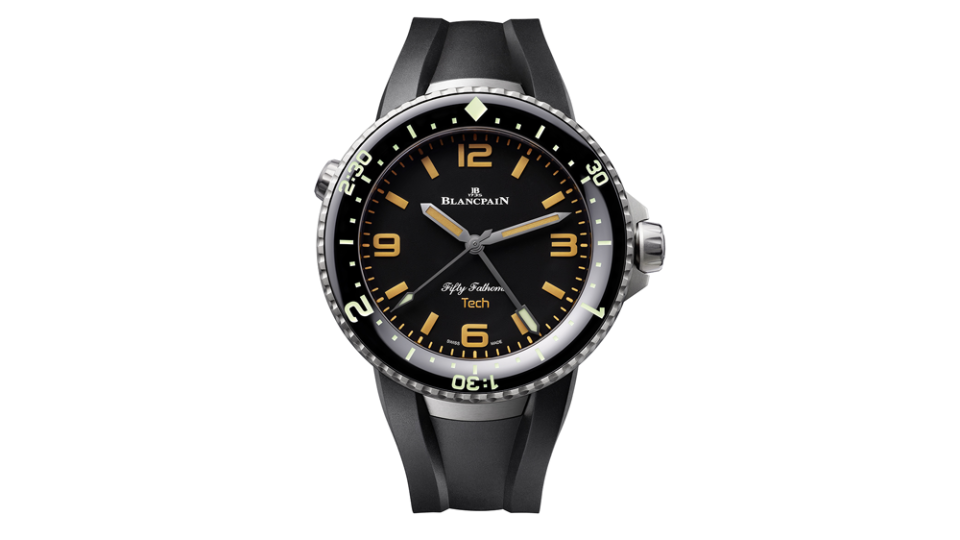“Firsts” are a common trope in watchmaking lore.
The first automatic chronograph. The first pilot’s watch. The first dive watch. Certain of these historical claims are well-defined and easy to certify. Others are murkier—narratives with multiple perspectives, charged with competition from different actors that make it difficult for the journalist (let alone the layman) to ascertain the truth.
More from Robb Report
What is certain is that in 1953, Blancpain launched one of the world’s first contemporary dive watches. Though others had been developed earlier for military purposes, it was Blancpain—along with Rolex and Zodiac—that produced a product so in tune with the needs of the diver that its modern counterparts are largely indistinguishable from vintage ones. Indeed, its genesis is a notable instance of necessity begetting invention:
In the early 1950s, then-Blancpain CEO Jean-Jacques Fiechter was diving off the coast of Cannes when he ran out of air. Nearly killed, he suddenly understood the very real necessity for a timing instrument that could withstand the rigors of the deep while also tracking elapsed time. Captain Bob Maloubier, ex-Special Operations Executive officer, WWII hero, and founder of the French Navy’s combat diver unit, was searching for a similar product, and even went so far as to develop a sketch. No one would produce his ideal timepiece until he was introduced to Fiechter—thus, a cherished partnership was born.
The resultant watch, the Fifty Fathoms, first saw the light of day in 1953. Featuring a rotating elapsed-time bezel, an automatic movement, a highly legible, luminous dial, and a watertight case, it was a revelation and was quickly adopted by many of the world’s militaries including the French Marine Nationale and U.S. Navy. Additionally, a moisture indicator developed by Fiechter debuted in 1957 and subsequently featured in certain of the MIL-SPEC iterations adopted by naval forces; this bi-color circle would change hues upon contact with water, altering the user if the watch’s water resistance had been compromised during a previous dive.
This year marks the 70th anniversary of the Fifty Fathoms—a watch that still forms the basis of much of Blancpain’s production today. Two anniversary models released earlier in the year (Acts I and II) highlighted the history of this most intrepid model: The first, a 42.3mm time-and-date watch, was a nod to a 50th-anniversary reference that debuted in 2003 at the beginning of CEO Mark Hayek’s tenure. The second, the Fifty Fathoms Tech Gombessa, is a highly technical instrument made in partnership with award-winning underwater photographer and explorer Laurent Ballesta. Housed in a titanium case, it features a three-hour hand-made for measuring the length of a saturation dive while using a rebreather—a highly specific feature set, to be sure, but one that represents the pinnacle of automatic dive watch technology.
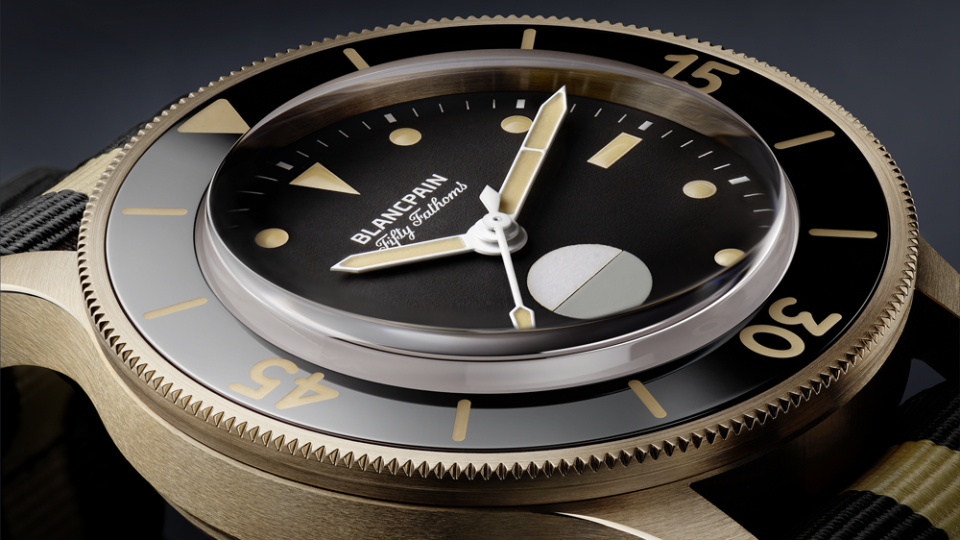
Act III returns somewhat to the vintage-inspired mold, albeit with a twist: Dubbed simply the Fifty Fathoms 70th Anniversary Act 3, it’s a 555-piece, limited-edition take on the original MIL-SPEC Fifty Fathoms housed in a luxurious 9K Bronze Gold Case. This special, patented material—composed of 37.5 percent gold, 50 percent copper, and 12.5 percent silver, palladium, and gallium—features enough copper to carry the “bronze” designation. Its unique composition, however, means that unlike regular bronze, it can be worn directly on the skin without causing discoloration. Furthermore, oxidation is prevented by the presence of gold.
Much like the original MIL-SPEC, the Act 3 is housed in a case measuring 41mm, albeit one that’s water resistant to 300m. A unidirectional dive bezel with a black ceramic insert and “vintage” Super-LumiNova-filled indices surrounds a matte black dial with the dot, dash, and triangular indices; a lume-filled sword handset; and an outer white minute track. Like the famed MIL-SPEC, there is no date to disturb the dial’s symmetry—a touch that should no doubt make fans of the original smile. Even the moisture indicator is present and accounted for, executed here in gray and white.
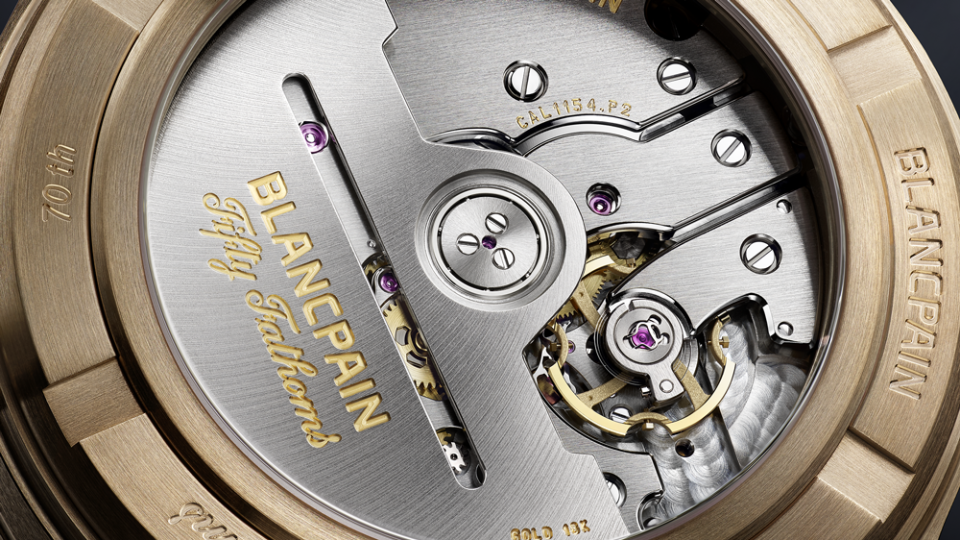
In a further upgrade to the 1950s MIL-SPEC, the Act 3 is powered by Blancpain’s Calibre 1154.P2 movement. With dual barrels and 100 hours of power reserve, it boasts a silicon balance spring for extreme magnetic resistance—1,000 gauss, to be precise. The use of silicon allows the movement to be fitted into the watch without a soft iron cage, which in turn allows for a transparent sapphire caseback. With its highly decorated bridges and oscillating weight, the movement dutiful homage to its distant horological ancestor. Finally, the choice of strap—a bi-color, black and yellow NATO made from recycled fishing nets—recalls the color code of the MIL-SPEC, with its yellow and black moisture indicator.
The net effect is of a timepiece that feels very much part of the lineage of Fifty Fathoms story, but that stands on its own as a modern product that will appeal to a wide array of watch lovers, from adventurous divers to more sedate fans of luxurious materials. Launched this week in Cannes, where Fiechter had his revelation as to the importance of underwater timing, it’s clear that the Fifty Fathoms as a product line is being shepherded by a team with a deep love of and commitment to the world’s oceans and their health and exploration.
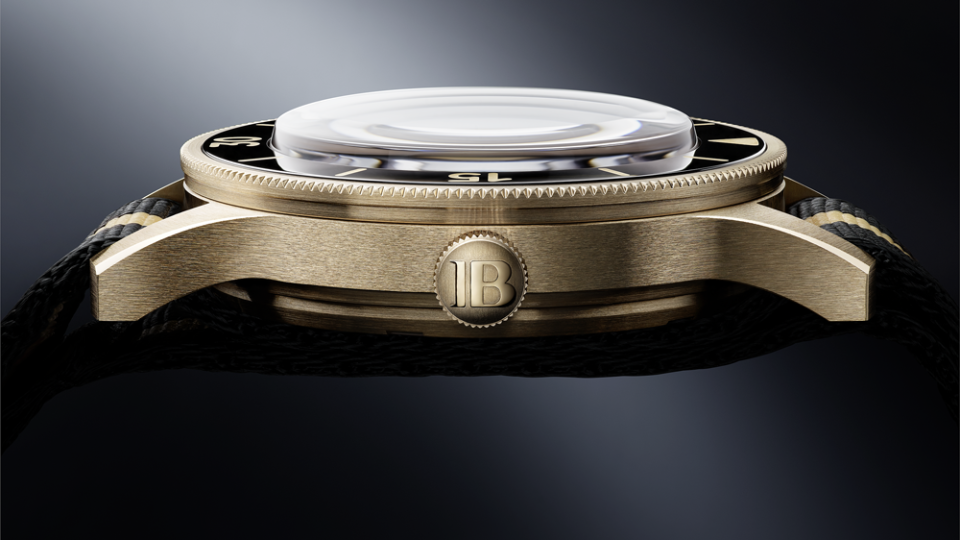
Current CEO Mark Hayek is not only an avid diver, but has seen Blancpain underwrite Ballesta’s mind-bogglingly cool Gombessa underwater exploration project, as well as team up closely with PADI, Oceania, and other organizations on its own Ocean Commitment mission. Indeed, the watch launch in France included a panel discussion from the heads of these organizations and Hayek himself that had little to nothing to do with watches—rather, it’s the preservation of the world’s most precious resource that seems top of mind for Hayek.
Seventy years after the launch of the original Fifty Fathoms, recreational scuba diving has expanded from the niche concern of researchers to a widespread hobby adopted by millions. It has led to a vast appreciation of the seas and all its vast life forms for countless people—people who dive in countries across the world. Buying a dive watch even leads many people who never considered scuba diving before to take up the sport.
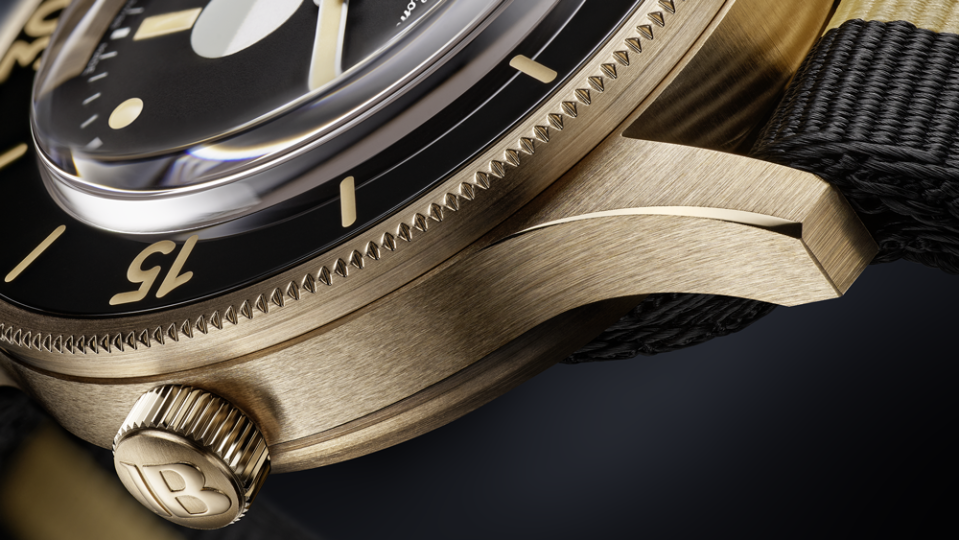
Present at the beginning of a revolution in recreational and military aquatic exploration, the Fifty Fathoms forges on—and this despite being powered by what is, by all admission, antiquated technology. (Albeit technology that still works quite well.) Between awareness spread by Ballesta’s underwater images; love of the seas cultivated by PADI; research undertaken by Oceana; and newfound passion for the water encapsulated by dive watches, the Fifty Fathoms will hopefully be ushering in its 100th anniversary in 30 years to a healthier, more sustainable planet.
Best of Robb Report
Sign up for Robb Report’s Newsletter. For the latest news, follow us on Facebook, Twitter, and Instagram.
Click here to read the full article.
Credit: Source link
